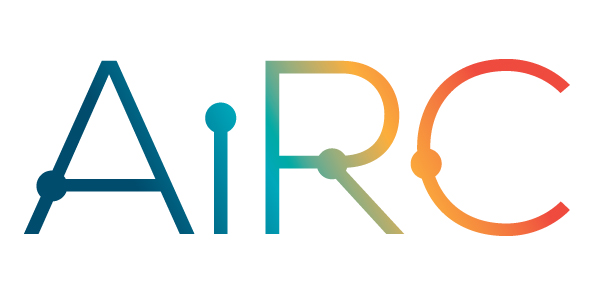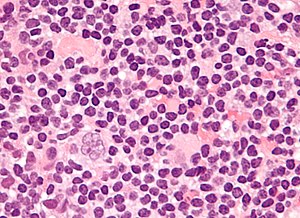PhD project: Application of State of the Art Raman Chemical Imaging and Chemometrics to Accelerate and Improve Patient Prostate Biopsy Assessment for Cancer.
Currently pathologists depend upon staining processes to illuminate important features of a biopsy to increase the clarity of features (e.g. cell nuclei and cytoplasm).Unfortunately the staining process is inconsistent and can be unreliable. Furthermore creating the stains is expensive, laborious and slow. Critically, the staining process doesn’t eliminate the need for a pathologist to examine biopsies at highmagnification. This means that for a rigorous biopsy examination an unfeasibly long time would be needed by the pathologist for a full examination.This project investigates the potential of a novel emerging technology, Raman Chemical Imaging, combined with existing methodologies (i.e. staining, digitalimaging, historical patient data) using multivariate data analysis (chemometrics), toobjectively assess prostate tissue (Figure 1). Raman spectroscopy enables non-destructive analysis of the molecular composition of tissue based on its interaction with light and its potential for identification of various cancer types has been demonstrated. Raman Chemical Imaging combines conventional RamanSpectroscopy with spatial mapping to provide a detailed chemical map over the surface of a sample, thus generating highly detailed chemical images of the prostate tissue that contain biochemical information imperceptible by conventional methods.We propose merging Raman datasets with existing digital pathology and patientmedical histories to generate predictive models of patient outcomes from pre-radicalprostatectomy data. A variety of chemometric approaches will be implemented to develop image fusion, classification and predictive models. With the ability to collect data that can objectively, rapidly, reproducibly andrepeatably classify tissue regions, grading protocols will be less reliant on subjective, inconsistent datasets. Thus more robust and more accurate predictions of likelypatient outcomes and treatment recommendations can be made at an earlier date, thus delivering better patient health outcomes and better use of limited health resources
Timeframe
Start Date: 01/03/2017
End Date: 01/09/2019
Funding
Health Research Board
Lead PI(s)
Dr. Patrick Jackman

